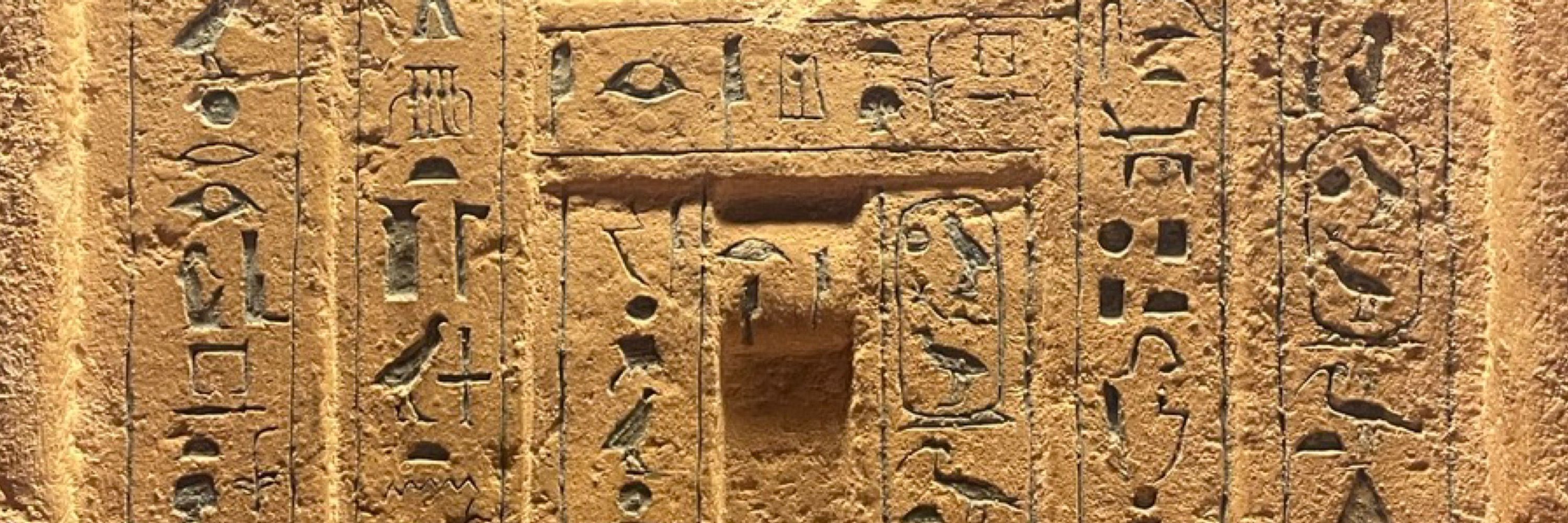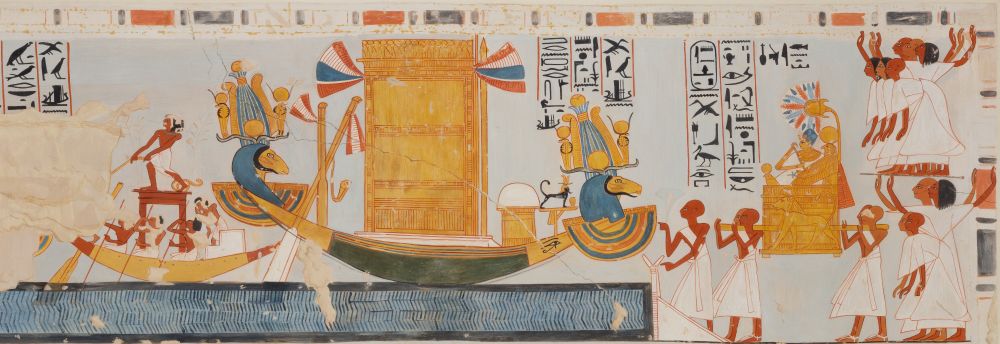
he/him/his
Join experts for a series of lectures exploring unique festivals that celebrate the gods of ancient Egypt.
The Met Fifth Avenue
Thursday, December 4, 2025
2–5 pm
engage.metmuseum.org/events/educa...

Join experts for a series of lectures exploring unique festivals that celebrate the gods of ancient Egypt.
The Met Fifth Avenue
Thursday, December 4, 2025
2–5 pm
engage.metmuseum.org/events/educa...
Egyptologists often call this sign the “bad bird.”


Egyptologists often call this sign the “bad bird.”
Because of this, the flamingo 𓅟 is used as a triliteral phonological sign representing ⟨dšr⟩, usually found in 𝘥𝘴̌𝘳 “red” and related words.


Because of this, the flamingo 𓅟 is used as a triliteral phonological sign representing ⟨dšr⟩, usually found in 𝘥𝘴̌𝘳 “red” and related words.
This is because 𝘏̣𝘳(𝘸) /ˈħaru(w)/ ("Horus," Greek Ὧρος), who was depicted as a falcon or falcon-headed being, served as a prototype deity.


This is because 𝘏̣𝘳(𝘸) /ˈħaru(w)/ ("Horus," Greek Ὧρος), who was depicted as a falcon or falcon-headed being, served as a prototype deity.
This sign is often found at the end of words because the standard plural endings in Ancient Egyptian were -𝘸 and -𝘸𝘵 for masculine and feminine nouns, respectively.


This sign is often found at the end of words because the standard plural endings in Ancient Egyptian were -𝘸 and -𝘸𝘵 for masculine and feminine nouns, respectively.
In the Old Kingdom, this sign probably represented a uvular trill /ʀ/, but by the Middle Kingdom, the underlying sound had shifted to a glottal stop /ʔ/.


In the Old Kingdom, this sign probably represented a uvular trill /ʀ/, but by the Middle Kingdom, the underlying sound had shifted to a glottal stop /ʔ/.
As an illustration, here is a Late Period inlay of the 𓇯 𝘱𝘵 “sky” sign (N1) made of faience, now in the Metropolitan Museum of Art, New York (26.3.164i).

As an illustration, here is a Late Period inlay of the 𓇯 𝘱𝘵 “sky” sign (N1) made of faience, now in the Metropolitan Museum of Art, New York (26.3.164i).

